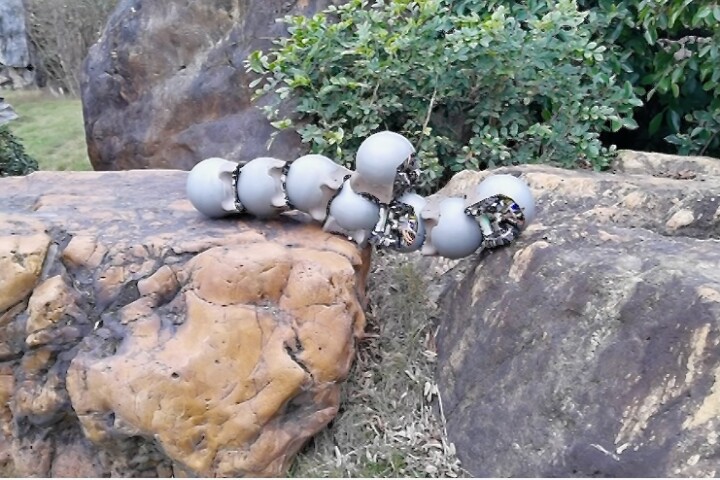Australian firm Kennon has revealed plans for an ambitious new project in Melbourne. Named 550 Spencer, the eight-story office building will produce more electricity than it requires using a cutting-edge solar facade made up of 1,182 solar panels.
To be clear, 550 Spencer's design isn't a case of simply mounting standard solar panels to the facade, like Copenhagen's International School. Instead, its solar facade will look like glass but will harvest energy from the Sun's rays using the 1,182 integrated solar panels. Though they're not unheard of, solar facades still aren't common, and Kennon said the project will be the first building with a solar facade in Australia. The firm had to go to great lengths to make it happen, tasking German firm Avancis to provide the panels as none were available locally.
"At the time I had been researching glazing products in operation in Europe that embody photovoltaic cells within a facade glass screen that didn't look like the typical and ugly solar panels you see on rooftops," explained studio founder Pete Kennon. "We started discussions with a number of manufacturers soon learning they didn't have a presence in Australia. We designed a building facade with the product and I pitched the concept to the client. We partnered with a local glass distributor George Fethers & Co and flew the executives of the product out from Germany to meet with us. We mapped the solar performance from different facade alterations optimizing the electricity production."

There was another challenge, too: the solar facade tech hadn't received an Australian building safety certificate. Not to be discouraged, Kennon set about shipping over 40 panels. With the help of construction fire safety expert Red Fire Engineers, the firm built a replica of the facade and then set it on fire to test its performance, documenting the process carefully. Proof of fire performance in hand, the project moved ahead and is now under construction.
Once in operation, the solar facade system will generate 142 kWp (kilowatt peak - or how much electricity it produces under ideal conditions, like a clear sunny day), which, to put it into perspective, compares to around 3 - 6 kWp on a standard solar panel setup for a house. According to Kennon, this will be sufficient to produce more electricity than the building requires and, furthermore, will eliminate 70 tonnes (78.4 US tons) of carbon dioxide emissions every year. Another benefit is that putting all the solar panels on the facade frees up the rooftop for some garden space for the office workers to enjoy.
Naturally, we'll be keen to follow up and see how these figures stack up once the project is completed. On that note, 550 Spencer is expected to be finished in mid-2023
Source: Kennon








